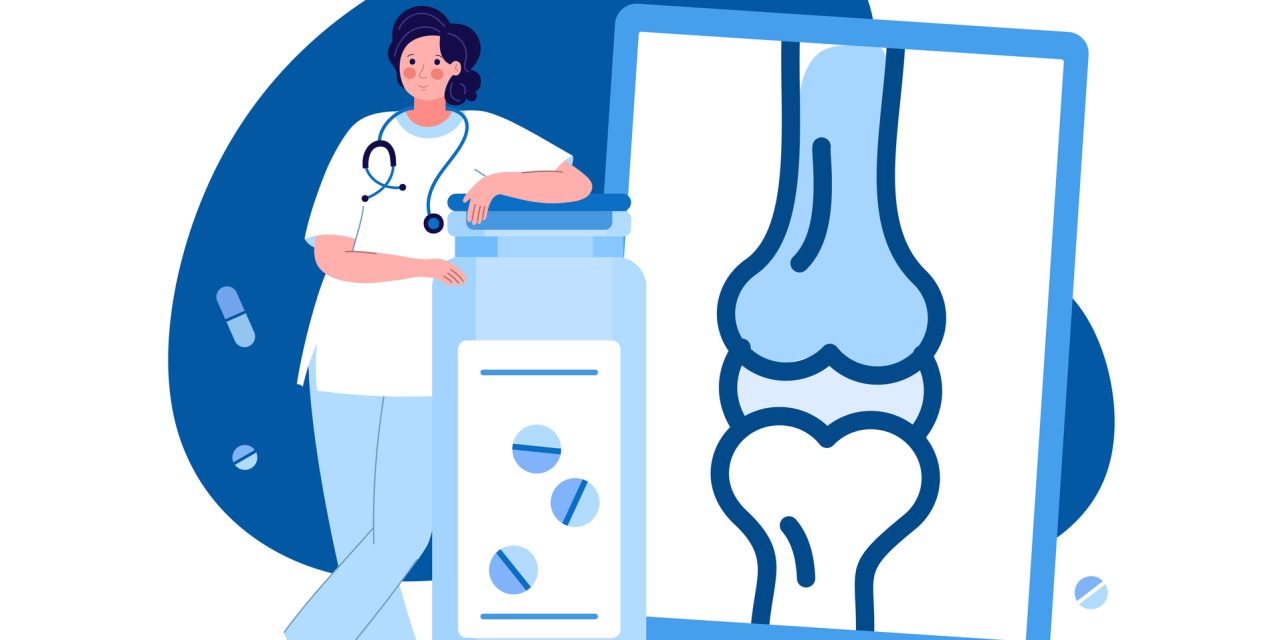To evaluate if returning to pivoting sport following anterior cruciate ligament reconstruction (ACLR) is associated with longitudinal structural and symptomatic osteoarthritis outcomes.
Eighty-one adults aged 18-50 years were followed prospectively 1- to 5-years post-ACLR. Return to pivoting sport was assessed at 1-, 3- and 5-years. Longitudinal changes in osteoarthritis features were evaluated from 1- and 5-year MRIs using MRI Osteoarthritis Knee Score (MOAKS). Radiographic osteoarthritis and self-reported knee symptoms, function and quality of life were assessed using the OARSI atlas and Knee injury Osteoarthritis Outcome Score (KOOS), respectively, at 5 years post-ACLR. Generalised linear models (adjusted for baseline characteristics) assessed whether returning to pivoting sport was associated with risk of worsening osteoarthritis features on MRI, radiographic osteoarthritis and KOOS.
Thirty participants returned to pivoting sport 1-year post-ACLR and 50 returned at any time (i.e., 1-, 3- or 5-years). Returning to pivoting sport was not associated with worsening of any MRI osteoarthritis feature (risk ratio (RR) range:0.59-2.91) or 5-year KOOS (β range:-2.73-3.69). Returning to pivoting sport at 1-year and up to 5-years post-ACLR was associated with a 50% (RR 0.49, 95%CI 0.10-2.37) and 40% (RR 0.60, 95%CI 0.16-2.17) reduced risk of radiographic osteoarthritis, respectively, but these risk reductions were inconclusive due to wide confidence intervals.
After ACLR, returning to pivoting sport was not associated with increased risk of worsening knee osteoarthritis features on MRI, radiographic osteoarthritis or knee symptoms. Participation in pivoting sport need not be avoided as part of osteoarthritis secondary prevention strategies.
Copyright © 2021. Published by Elsevier Ltd.
Should return to pivoting sport be avoided for the secondary prevention of osteoarthritis after anterior cruciate ligament reconstruction? A prospective cohort study with MRI, radiographic and symptomatic outcomes.


